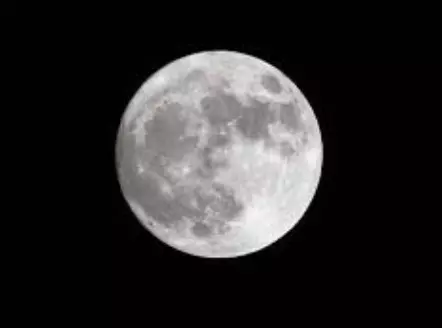How old is the moon? New study reveals shocking facts!
How old is the moon? New study reveals shocking facts!

A recent study published in Nature has revealed a surprising update to the moon's age. The research suggests that the moon might have formed 4.51 billion years ago, making it 100 million years older than the previously accepted age of 4.35 billion years. This new timeline not only revises the moon’s history but also provides fresh insights into the early solar system.
The New Theory Behind the Moon’s Age
The study’s findings are grounded in a theory about re-melting. According to Francis Nimmo, a leading researcher from the University of California, the lunar rocks don't simply mark the moon's formation. Instead, the re-melting of the moon's surface, triggered by Earth’s gravitational forces, reset the geological "clock." This remelting affected the dating of the moon's outer layers, which had previously been overlooked when estimating the moon's age.
Nimmo’s team suggests that Earth's gravity caused significant internal changes in the moon’s rocks. These interactions between Earth and the moon altered the rock formations, resulting in an age that reflects not just the formation but later remelting events.
Revising the Moon’s Birth Timeline
For decades, scientists believed the moon was formed around 4.35 billion years ago, following a massive collision between Earth and a Mars-sized object, a theory known as the giant impact hypothesis. This timeline was based on lunar rock samples collected during the Apollo missions.
However, the new research challenges this belief. The study introduces a revised sequence of events that includes a remelting phase, which could explain the discrepancy in earlier age estimates.
Zircon Evidence Supports Older Moon
The study also points to evidence from zircon, a mineral found on the moon. Previously believed to date from the moon’s formation, zircon is now thought to have originated much earlier, further supporting the new hypothesis. The researchers suggest that the zircon could date back to a time before the moon's originally proposed formation, adding weight to the idea of an older moon.
Tidal Heating as a Key Factor
Another critical aspect of the new theory is tidal heating, which occurs when Earth’s gravitational forces cause friction inside the moon. This heating is similar to what occurs on Jupiter’s moon Io, which experiences extreme tidal heating due to Jupiter’s gravitational pull. The study suggests that tidal heating on the moon could have played a significant role in altering its internal structure and affecting the age of its rocks.
What This Means for the Study of the Solar System
The difference between 4.35 billion and 4.51 billion years may seem small, but it has far-reaching implications for our understanding of the early solar system. The new age estimate not only revises the moon's history but also offers valuable insights into the formation of the solar system, shedding light on the processes that shaped planets and moons.
Looking Ahead: Future Lunar Missions
This new research could have profound implications for future lunar missions, such as NASA’s Artemis program and China’s Chang’e 6. These missions will bring back new lunar samples that could provide more information, either confirming or challenging the latest findings.
As scientists continue to investigate the moon's origins, these missions will offer deeper insights into the geological processes that formed our closest celestial neighbor and the broader history of the solar system.
The new study provides a more comprehensive understanding of the moon’s formation, suggesting it may have formed 4.51 billion years ago rather than the previously believed 4.35 billion. This revised timeline opens new avenues for further exploration and research into the moon’s geological past, as well as the early solar system’s turbulent formation.

